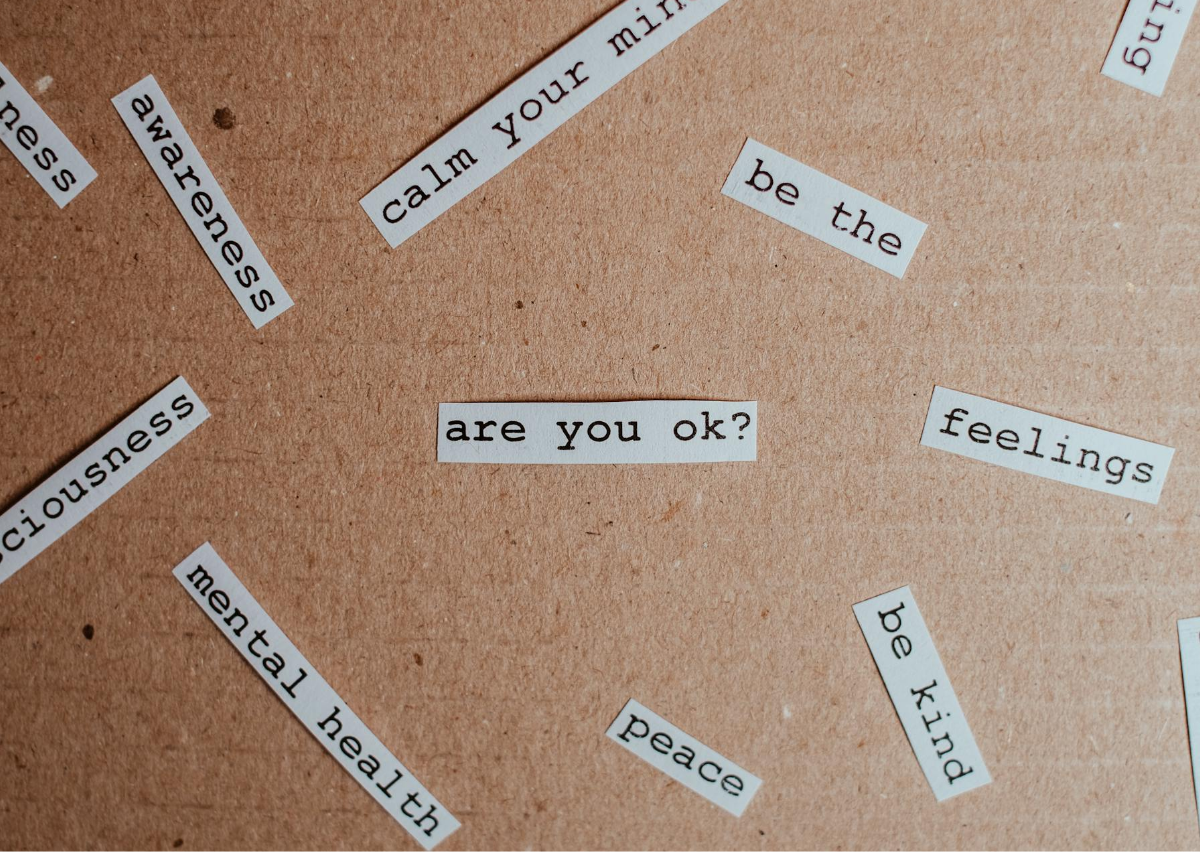
17th June 2025
Best Practices for Supporting Employee Mental Health

Supporting employee mental health requires systemic changes, not just individual interventions. Leaders must embed well-being into organizational culture, reduce stigma, and model vulnerability. Tailored strategies, shared language, and storytelling improve program participation. Prioritizing leaders’ own mental health also enhances decision-making and resilience, fostering a healthier, more engaged workplace for all.
This article was written by Holly Bauer and published in HBR.
When the Covid-19 pandemic hit, people across the globe faced new anxieties about their health, families, income, and stability. For company leaders, all that upheaval put worker mental health into the can’t-ignore category of issues affecting their organizations.
External forces affecting employee mental health have continued to proliferate since: The fast pace of AI implementation is changing the shape of many careers, geopolitical tumult brings worry about stability, and murky and shifting economic outlooks can lead to cost-cutting measures like layoffs.
In short, your people have a lot to worry about right now. A new survey from the workplace wellness consultancy Mind Share Partners in partnership with Qualtrics of over 1,100 U.S. employees found that 90% of participants reported “at least minor levels of one mental health challenge,” with the top three stressors being U.S. politics, global events, and personal finances.
As a leader, you’re likely feeling it, too: A 2024 Businessolver survey of 3,000 CEOs, HR professionals, and employees found that 55% of CEOs reported experiencing a mental health issue (such as anxiety, depression, loneliness, burnout, and obsessive compulsive disorder) in the past year.
It’s time for leaders to recommit to supporting their employees’ mental health—and their own. HBR’s archive has plenty of strategies for how to do it right.
Change Systems, Not Individuals
Companies are making larger investments in employee wellness programs than ever; however, data suggests those programs aren’t actually resulting in better well-being outcomes for employees. According to a trio of authors drawing on a wide body of workplace wellness research, individual-level interventions like well-being apps and employee assistance programs are likely to be ineffective unless paired with systemic interventions.
To take a more holistic approach to workplace well-being, the authors suggest leaders become “behavioral architects” by embedding well-being strategies—and support—into all levels of the organization. Consider changes like increasing flexibility (even trying a four-day workweek) to give employees more control over their work-life balance, putting together volunteer-led “well-being champion networks” to provide them with peer support, and training managers to support their team members’ mental health.
Consider Identity
Workplace mental health expert Morra Aarons-Mele points out that “work is about people, and people are messy and difficult.” That may appear obvious at first glance, but identity—the interrelated elements that make up our concept of ourselves—is a critical dimension of how people experience and talk about mental health challenges. Employees from younger generations may be more comfortable discussing mental health than their older counterparts, for example, and men may feel more stigma around mental health than women do. Aarons-Mele has a few suggestions for how to counter these differing perspectives:
- Create an organization-wide shared language and baseline of knowledge about mental health.
- Ensure men are visible in mental health conversations.
- Create opportunities for people who share lived experiences and dimensions of identity to connect with one another.
Look to Your Own Leadership Behaviors
As a leader, your day-to-day behaviors can inadvertently cause your employees undue stress and anxiety. Tomas Chamorro-Premuzic put together a list of five common behaviors to watch out for. For example, are you adding unnecessary complexity by making employees guess at what you’ll do next? Are you telegraphing pessimism, leading them to assume a situation is worse than it is? Being more aware of how your actions affect your employees can help you “bring out the best in people even in the worst of times,” according to Chamorro-Premuzic.
And while many conversations about mental health have moved out of the shadows and into the open over the past few years, both stigma and concerns about repercussions persist. As a leader, you have influence, and discussing your own mental health can make your employees feel more comfortable discussing theirs. As Kelly Greenwood, founder and former CEO of Mind Share Partners, puts it, telling your own story “reduces stigma and normalizes the ups and downs of being human—especially as a high-performing professional” and “positions vulnerability as a strength instead of a weakness and shows it’s possible to succeed and thrive with a mental health challenge.”
Greenwood offers a guide to crafting an authentic, compelling story for employees in a way that’s both inclusive and protective of your own boundaries.
Read this article in full here: HBR’s Best Practices for Supporting Employee Mental Health





